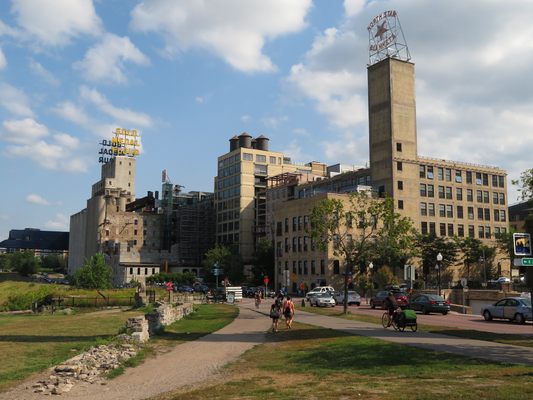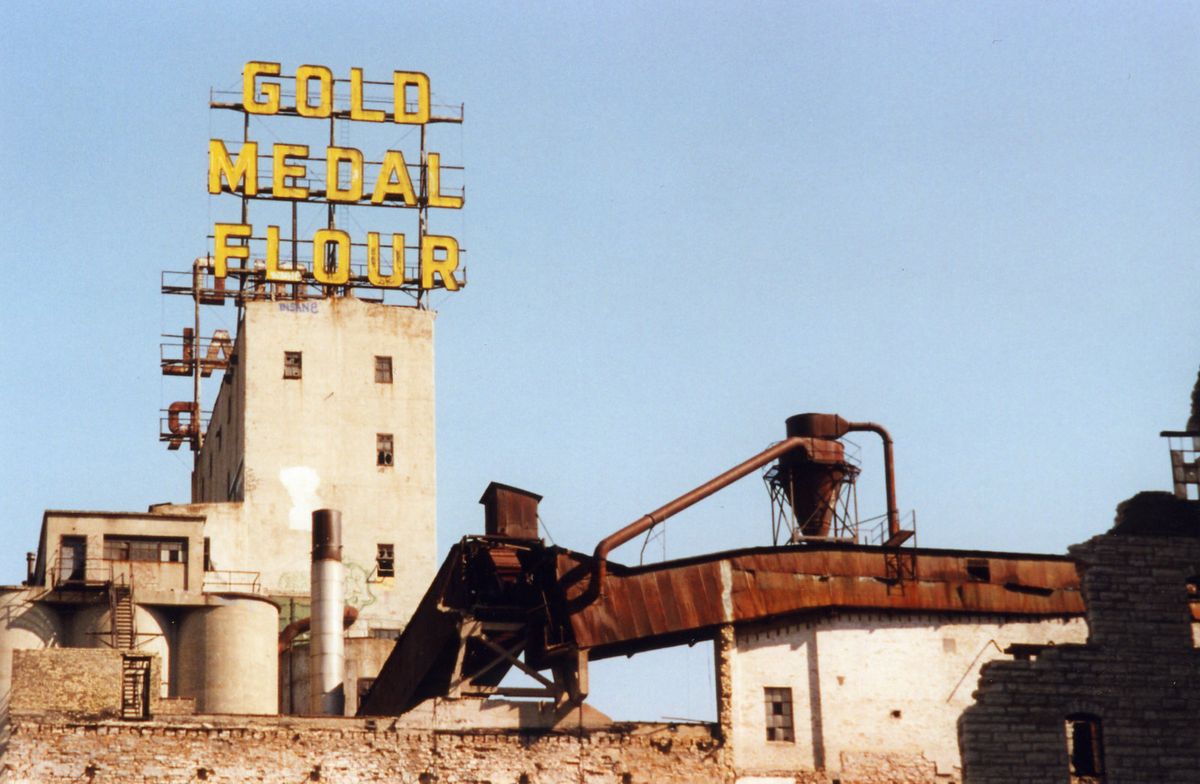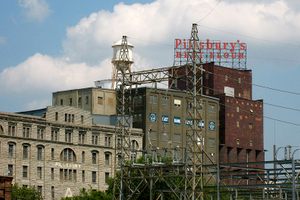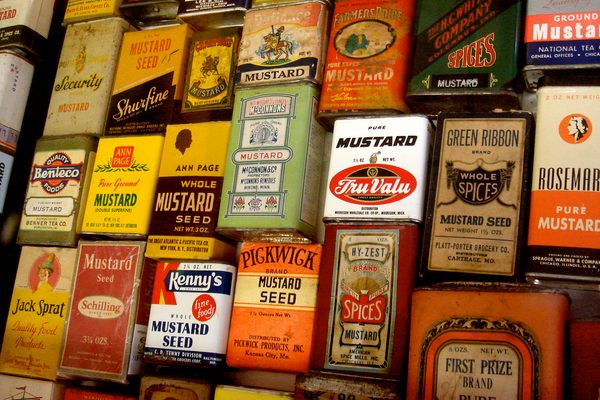About
The men who worked at the Washburn A Mill processing flour knew they had a dangerous job. A conveyor belt could break, whip around, and cut you deep across the face. You could get your fingers caught in any one of the many pieces of grinding, chopping, whirling bits of exposed machinery and lose your hand and your ability to make a living. Of course, there were longer-term dangers as well. After breathing in floating flour particles day after day, you started waking in the night, finding yourself coughing up what looked like little bits of dough, mixed inside your lungs. Known as Baker's Disease, it was slow, foul, and deadly.
But none of these dangers came close to the greatest threat the workers faced. With millions of flammable particulates floating in the air, flour mills were powder kegs of a sort. All it took was a single spark. On May 2, 1878, the nightmare came true.
In a single instant, the largest flour mill in the world was a crumpled ruin, and all 14 men who worked in the mill had died. Huge chunks of granite landed as far as eight blocks away, windows broke for miles, and the explosion was felt across the city. People flooded out of their houses convinced that Minneapolis had been struck by an earthquake. Four more died fighting the ensuing blaze, and then five more mills were burned. Known as the Great Mill Disaster, and a national news sensation, it was this explosion that led to the first reforms in mill safety.
Today on the site of the great mill disaster the ruins of a later mill, which was abandoned and partially burned down in the 1990s, still stand. They have been braced with steel, and along with the Mill Ruins Park and the Mill City Museum they form both a remembrance of those lost to the dangers of flour milling and a monument to the progress that the flour industry brought to Minneapolis, once known by its nickname, Flour City.
The Mill City Museum itself is a wonderfully designed modern museum that explores the history and impact of milling on Minneapolis. The museum does a wonderful job of incorporating the old mill into its design and includes, besides the braced ruins, an educational elevator ride that recreates the experience of working in the mill.
An aside: Its years as a large abandoned building in industrial Minneapolis turned the Gold Medal Flour building (the final incarnation of the flour mill) into one of the city's most prominent graffiti-writing locations, with people creating elaborate works and paintings that spanned all nine floors. Though half of the building is now a condominium and the other half is the excellent Mill City Museum, presumably somewhere under the new sheet rock, a generation of Minneapolis graffiti artists' work still remains.
It is also known that an extensive series of tunnels run underneath the complex, leading out to the river. Currently there is no access to those tunnels, but they may be opened up in the future. It is not suggested you attempt to explore them yourself. In 2012, a man was rescued after becoming stuck in the nearby Pillsbury Mill tunnels.
Related Tags
Community Contributors
Added By
Published
January 14, 2013
Updated
March 31, 2021















































































